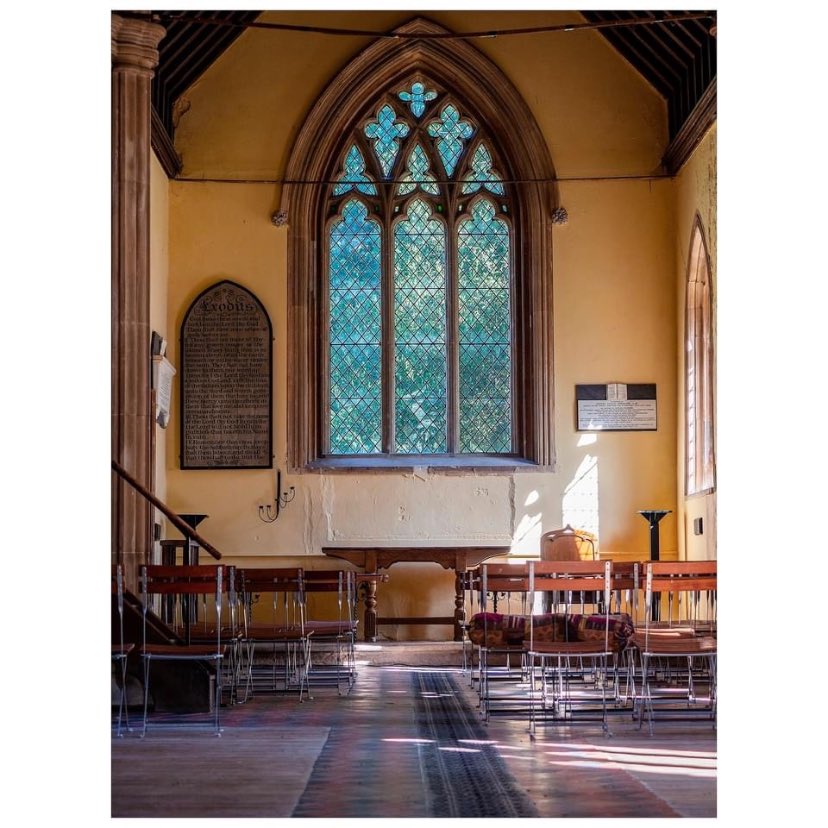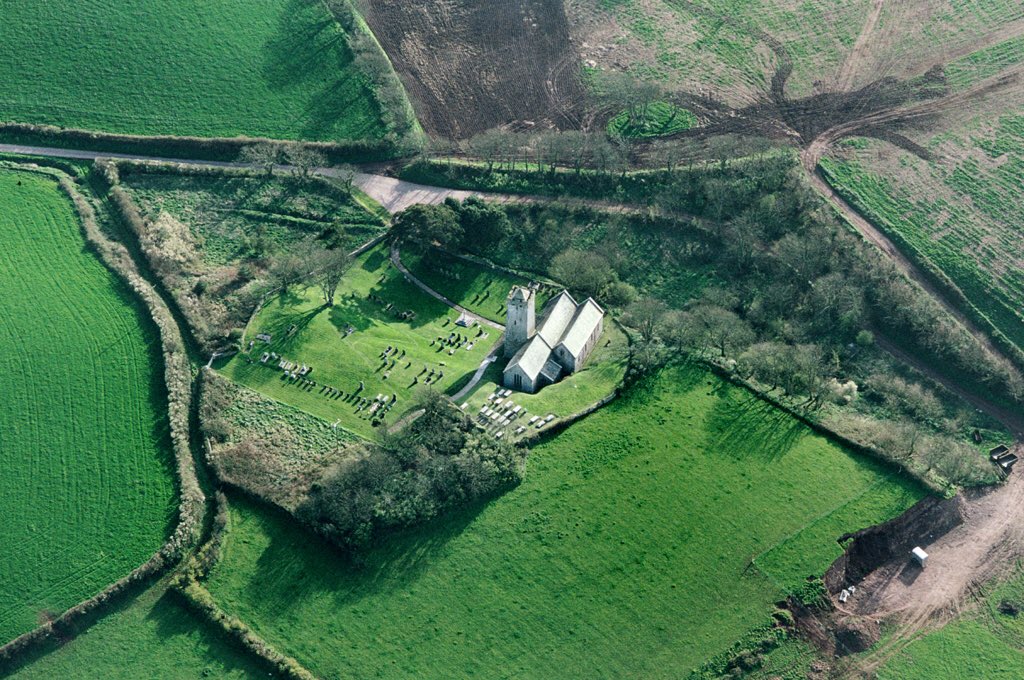
The restoration of Papworth St Agnes is one of our greatest success stories. But in 1979 it looked like this. The stained glass had been cut out, the roof tiles lay in piles ready to be sold, the font was thrown into the churchyard. A demolition order had been published.
#thread
#thread

The Domesday Book of 1086 records a church in this Cambridgeshire village, but today, the earliest surviving fabric dates to the 15th century. Interestingly, at this time, the hamlet was the family seat of Sir Thomas Malory, author of Le Morte d’Arthur in 1469.
2/
2/

In the mid-19th century, the distinguished Ecclesiologist, J.H. Sperling arrived as the new rector. Sperling had a habit of rebuilding churches and Papworth St Agnes would be no different. He's responsible for the distinctive chequerboard patterning of flint and clunch.
3/
3/

Sperling also introduced stained glass by William Wailes. Most of this was sold on the salvage market, but one panel, featuring Noah’s Ark, had been sent to the Stained Glass Museum at Ely. 4/ 

We thought this church was too important to face the wrecking ball. We rallied against the demolition. In its vulnerable state, we took it under our wing. Then, something miraculous happened: the locals came and asked if they could use the church as their community centre.
5/
5/

As we do not receive any public funding in England, it took many years, immense generosity from our supporters and an unfailing determination from the locals to piece this church back together and restore it to its community. 6/ 

Now it is used regularly, has a full programme of events, services and is there for you – any time you want to visit.
All the good, colour photos are courtesy of @badger_beard
7/7
All the good, colour photos are courtesy of @badger_beard
7/7

• • •
Missing some Tweet in this thread? You can try to
force a refresh
















